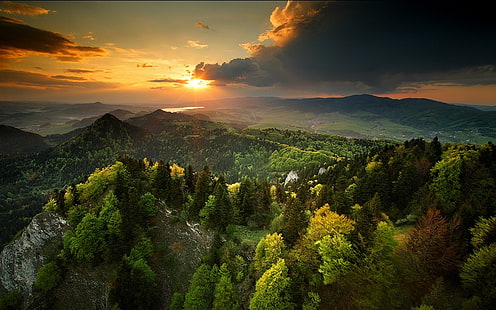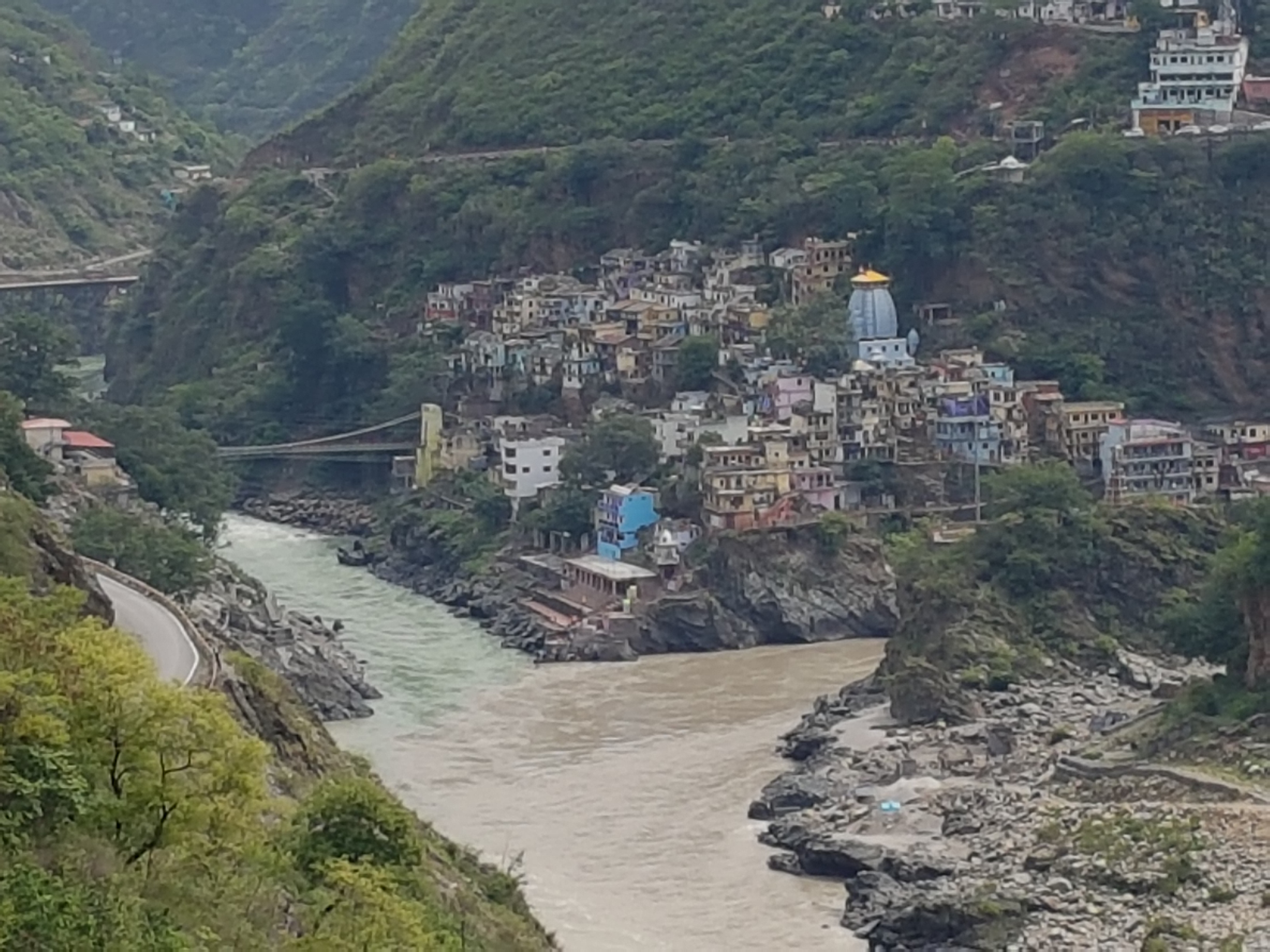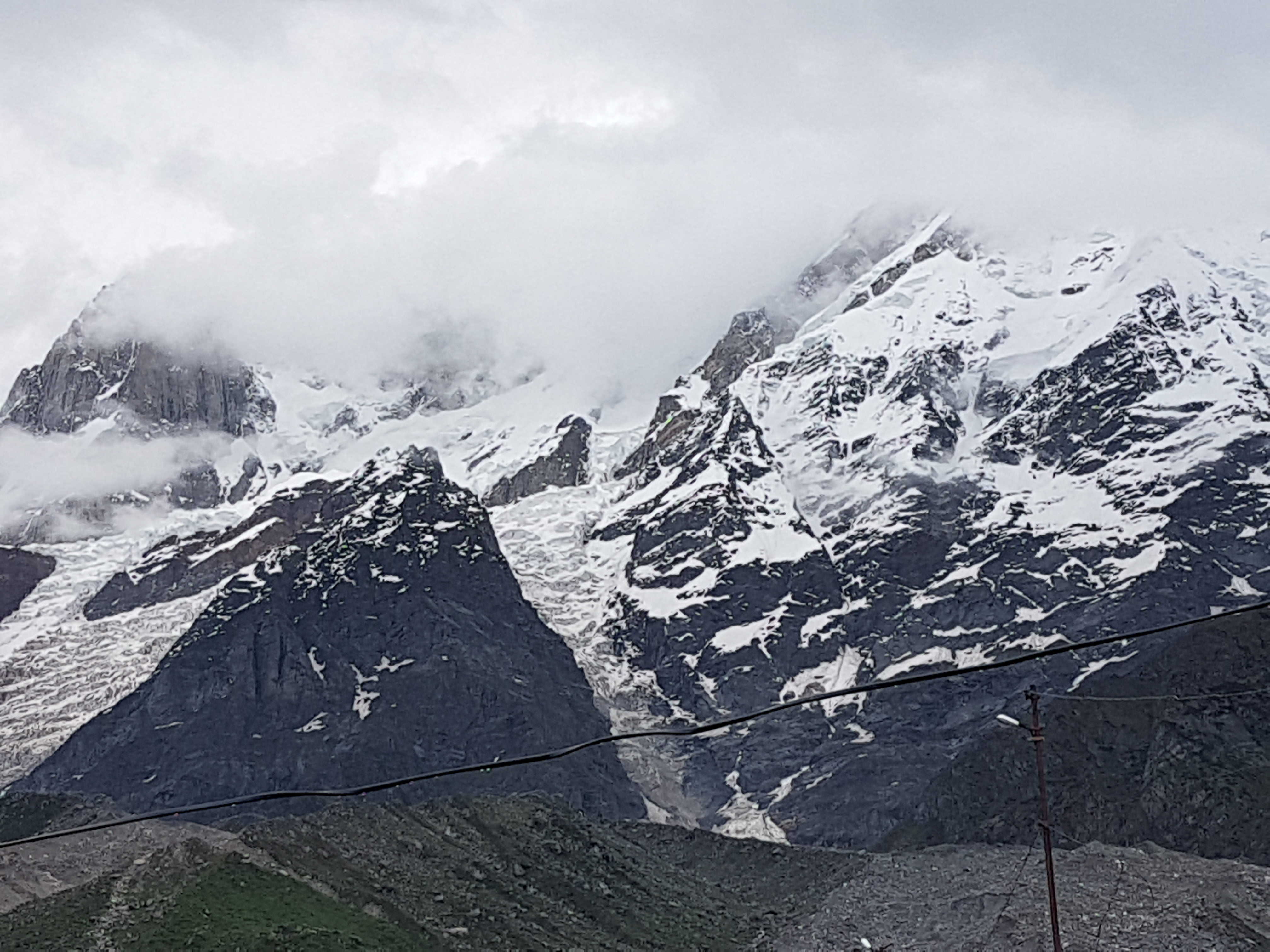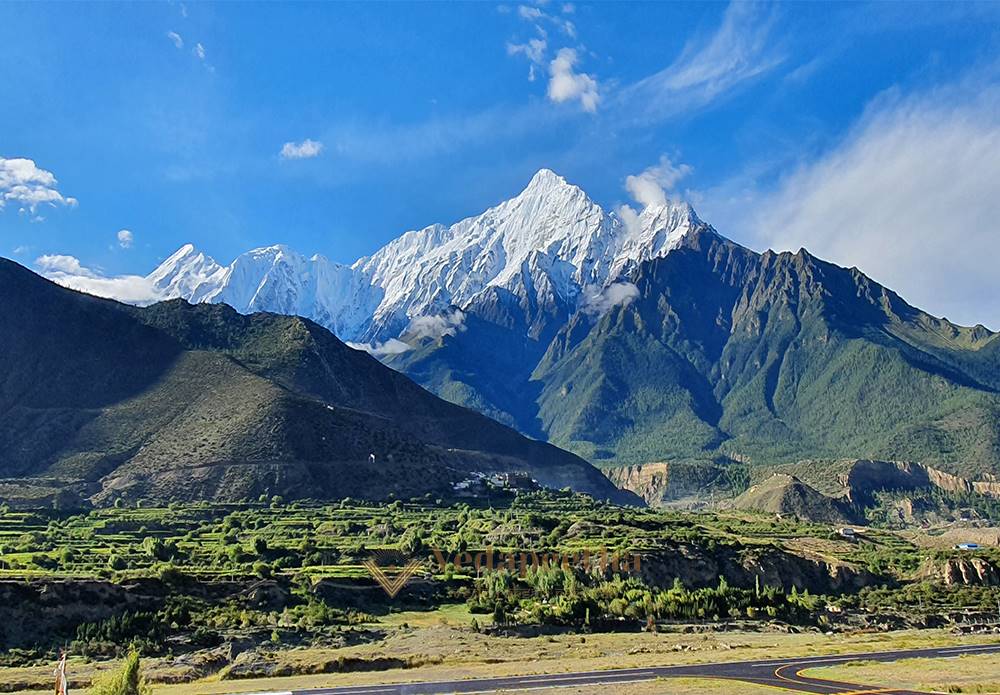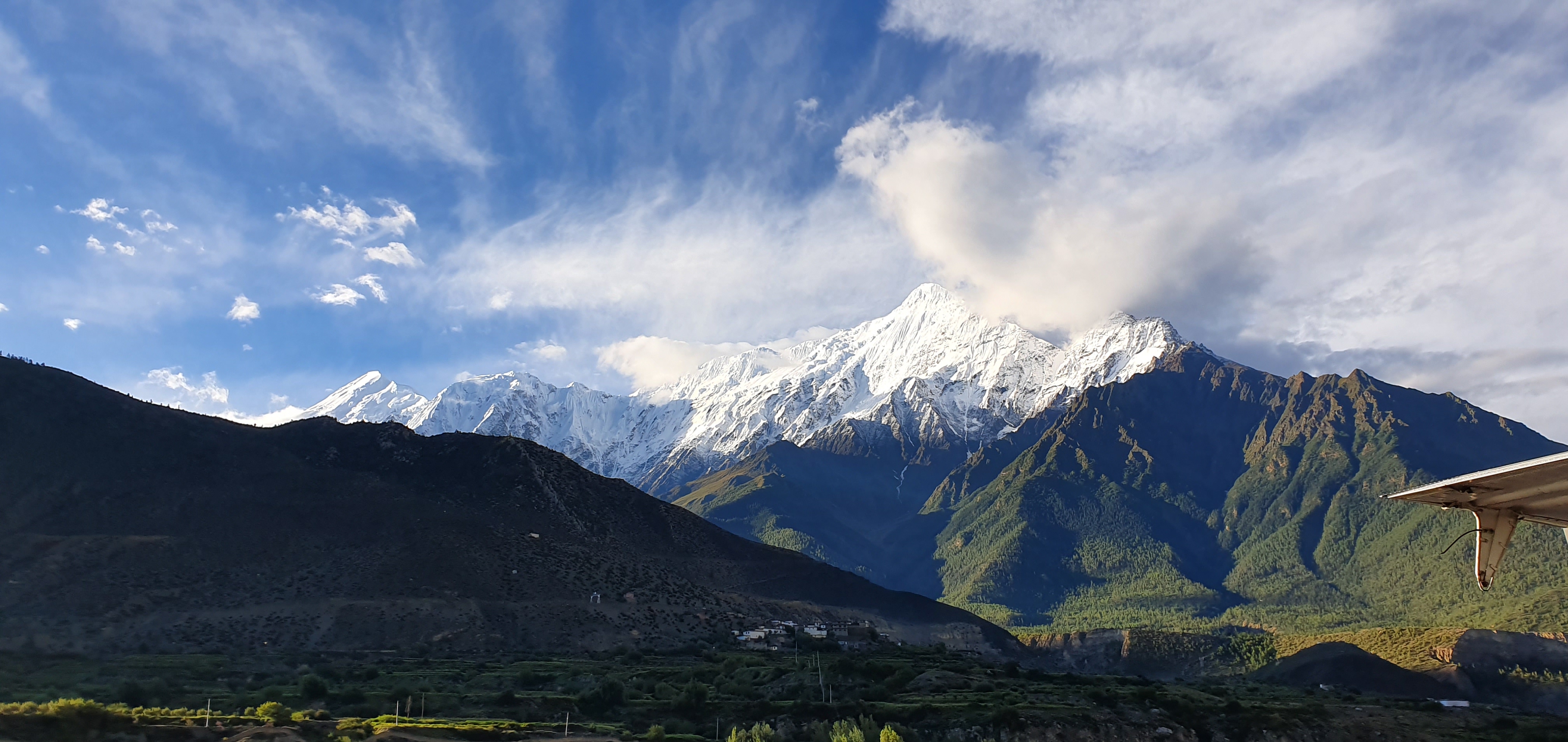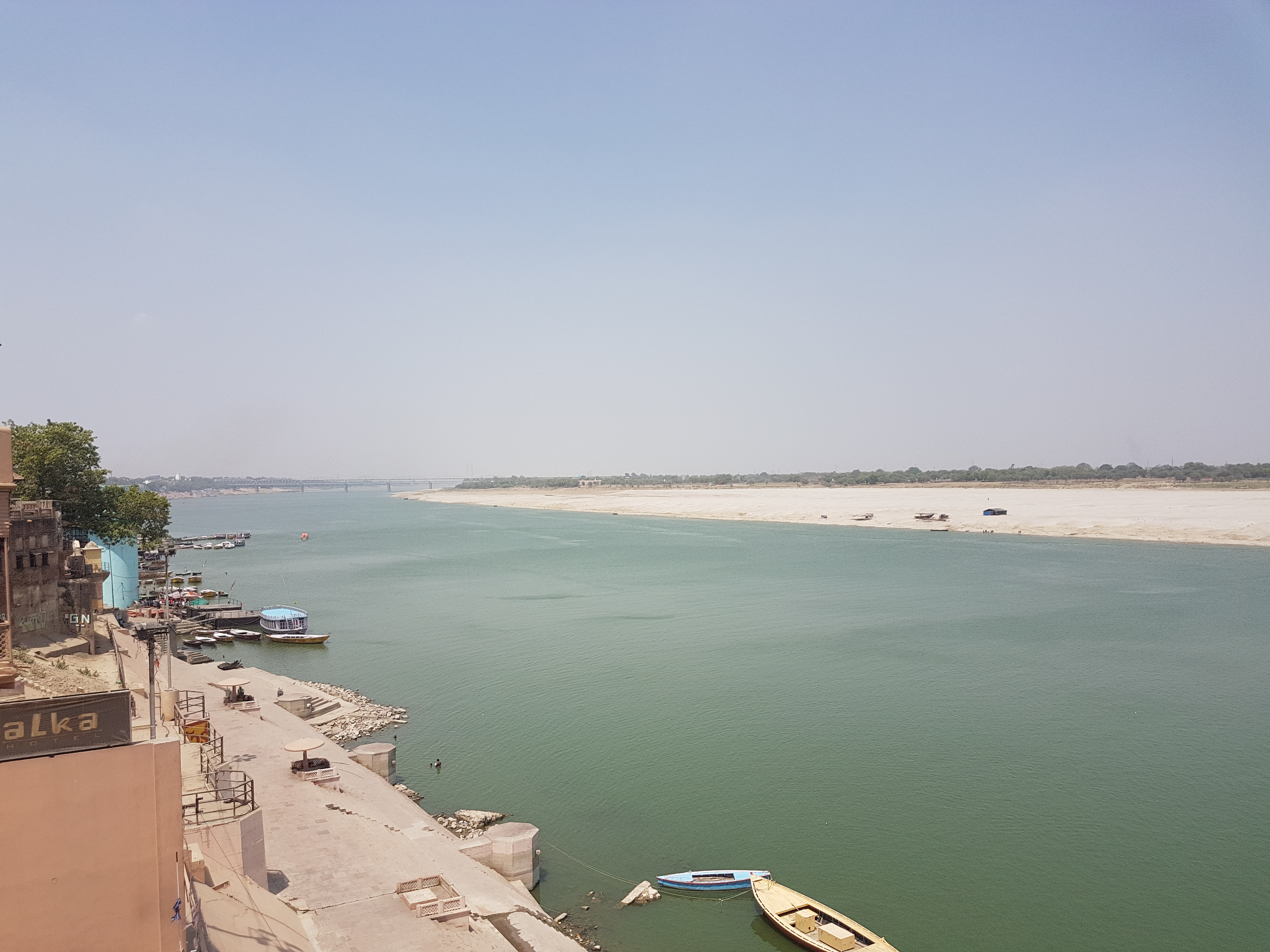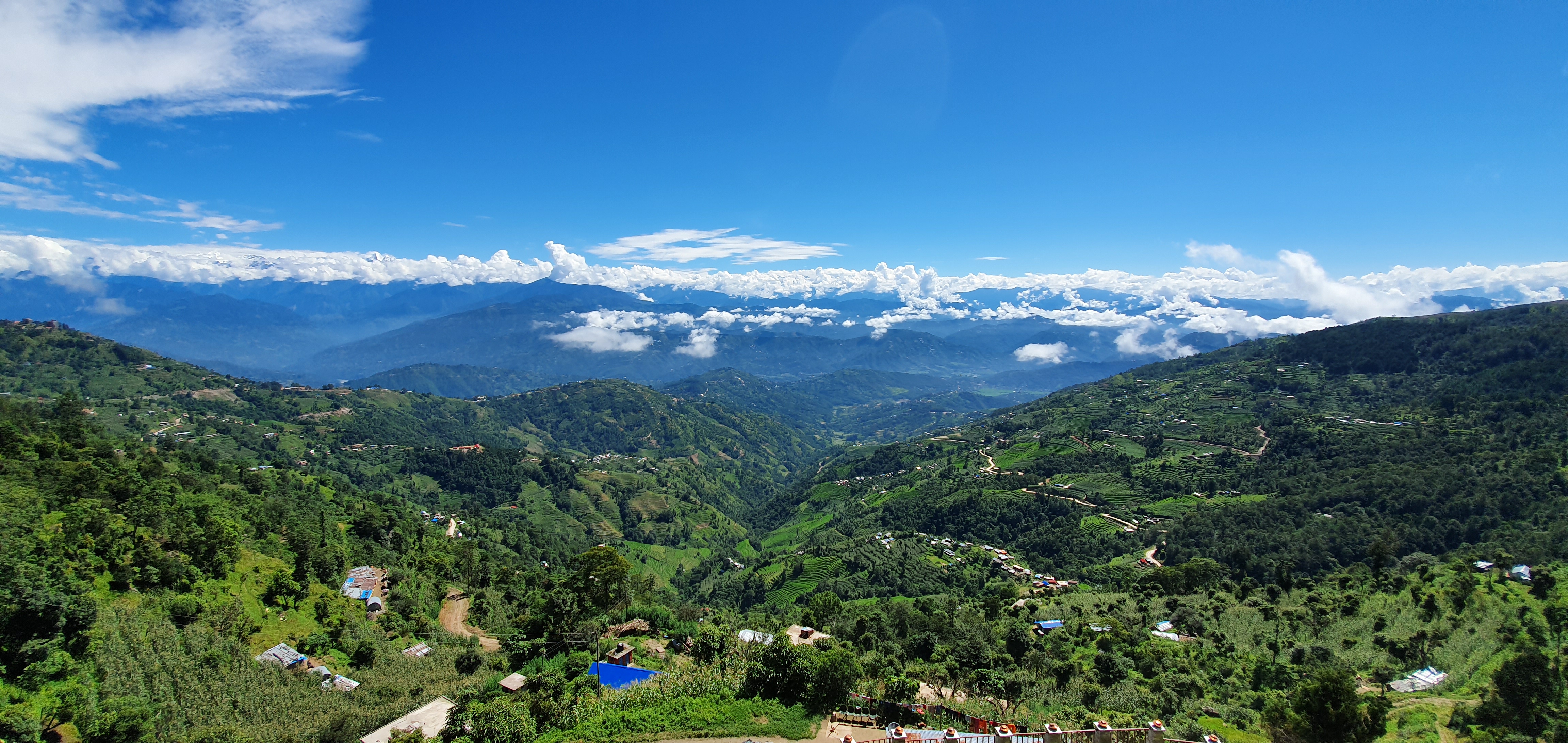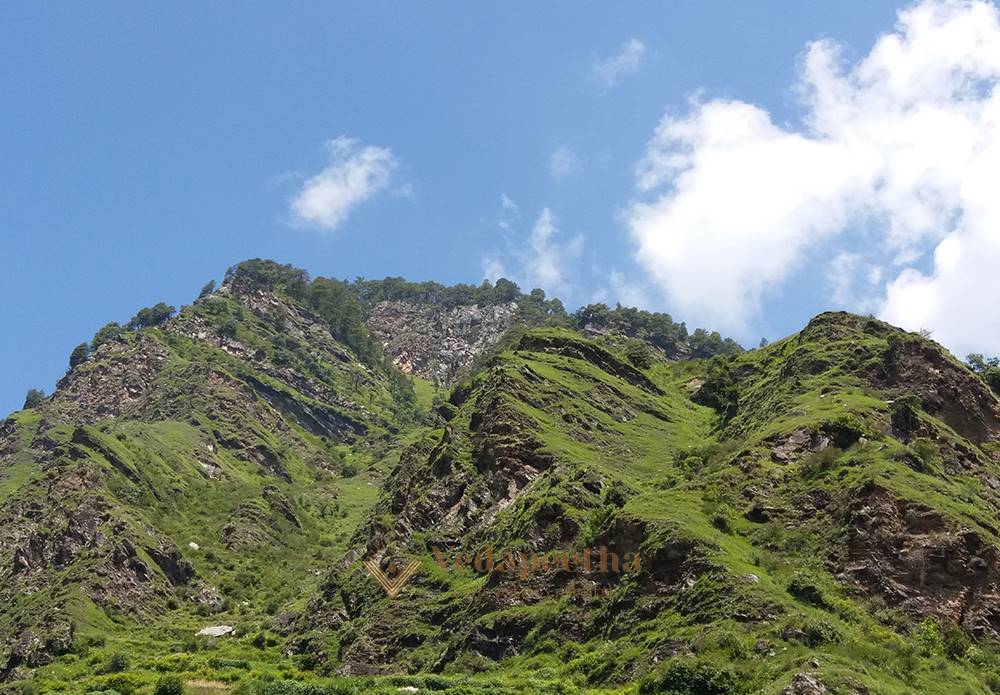Vedas are considered as the most earliest preserved literature among the world literature. The term Veda derived from the root ‘Vid’ having the meaning to know, thus the word Veda means Sacred lore or that from which knowledge is got. The Vedas are four in numbers, 1) Rigveda 2) Samaveda 3) Yajurveda and 4) Atharvaveda. In early periods the Vedas were known as ‘Trayi’ which means three in numbers. In this kind of classification portion, the Veda which is in the form of verses is called as ‘Rik’, those in prose called as ‘Yajus’ and those that are set in a musical pattern as ‘Sāma’. The ‘Rik’ contains stanzas mainly in praise of Vedic Gods. The ‘Sāman’ contains praise by chants and the ‘Yajus means sacrificial requests and prayers to worship.
Vedic literature mainly consists of four division’s viz., Saṃhitā, Brāhmaṇa, Aranyaka and Upaniṣad . The first part depicts the Mantra portion which is resourceful in spirit and highly lyrical in nature. The second part consists of the usage of Mantras in various rituals that are depicted in Saṃhitā portion. The third part contains instructions for the meditation and communication to a student by a teacher in the loneliness of the jungles. These parts are specially meant for the use of devoted individual who have retired to the forests. The fourth or the last part of the Vedic literature i.e. ‘Upaniṣads in every manner are philosophical and theological in nature.
Vedic literature mainly consists of four division’s viz., Saṃhitā, Brāhmaṇa, Aranyaka and Upaniṣad . The first part depicts the Mantra portion which is resourceful in spirit and highly lyrical in nature. The second part consists of the usage of Mantras in various rituals that are depicted in Saṃhitā portion. The third part contains instructions for the meditation and communication to a student by a teacher in the loneliness of the jungles. These parts are specially meant for the use of devoted individual who have retired to the forests. The fourth or the last part of the Vedic literature i.e. ‘Upaniṣads in every manner are philosophical and theological in nature.
